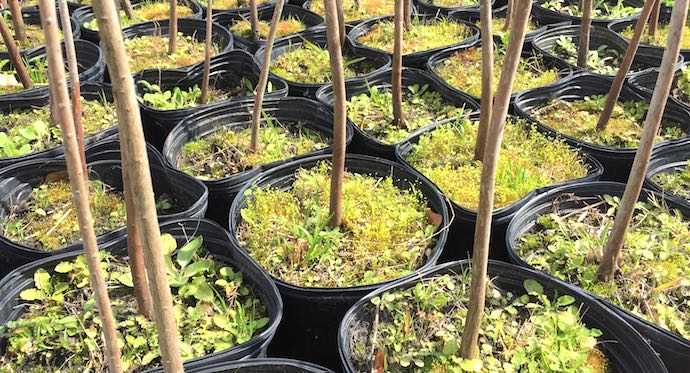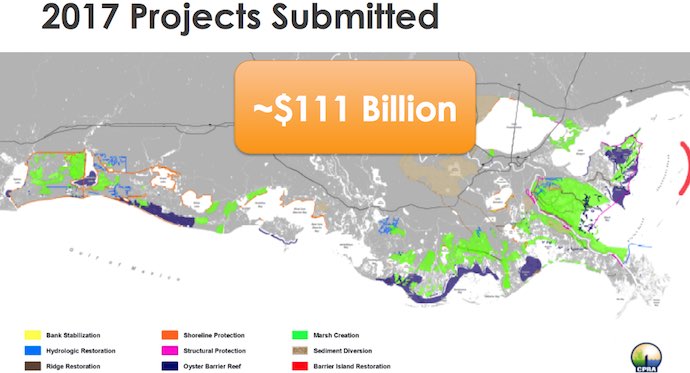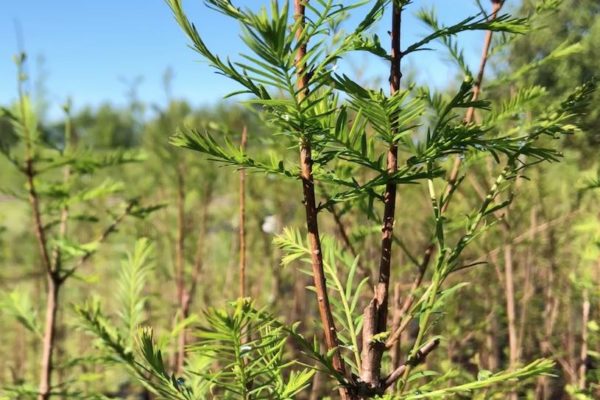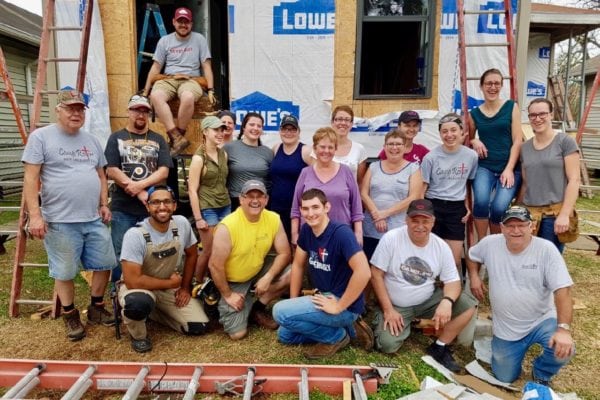Over the next 12 months we’ll be taking a deeper look at the past decade since Katrina on the Gulf Coast and into the future with a regular blog series, K+10.
Levees aren’t the only means of protecting areas from hurricanes. Wetlands – especially tree-filled swamps – are natural barriers that can be highly effective at blocking storm surge (when healthy), and it was within such an environment that New Orleans was first built.
Parts One and Two of our 2012 Restoring Our Wetlands series explore the multiple processes by which the wetlands separating New Orleans from the ocean have received heavy damage over the past 100 years, and what is being done to repair and reverse this trend.
Much of our volunteers’ efforts have focused on tree and marsh-grass preparation and planting, such as the following with our partners at the St. Bernard Wetlands Foundation:

In addition to the types of work volunteers can accomplish, there are many large-scale projects both underway and in the planning stages.

The Coastal Master Plan (above) is the largest single effort, developed by the Louisiana Coastal Protection and Restoration Authority, which was created by the Louisiana Legislature following Hurricanes Katrina and Rita.
There are many additional organizations and pieces of legislation working to restore the wetlands, both directly and indirectly, including:
America’s Wetland Foundation
Coalition to Restore Coastal Louisiana
Coastal Wetlands Planning, Protection and Restoration Act
National Oceanic and Atmospheric Administration
St. Bernard Wetlands Foundation
The LSU Ag Center
We anticipate wetlands restoration work will continue for the next several decades and could go much longer. As the frontline defense against storms and a huge habitat for both humans and wildlife, our wetlands are worth the effort.



